How to get around the Caribbean
Of all the regions we’ve travelled in, the Caribbean has been the most challenging for getting around.
It’s quite a large area, covering 2,754,000 square kilometres and comprising 13 sovereign states and 17 dependent territories, and it’s home to over 43 million people. This would all be fine if it wasn’t for the fact that it’s pretty much all made up of islands!
This means that land-based transport is usually only helpful within states and territories — for example, getting around Cuba, one of the largest countries in the region. To move from one country or territory to another, you’ll almost always need to take to the sea or sky. One exception to this is the island of Hispaniola, which is home to both Haiti and the Dominican Republic — you can travel between the two countries by road pretty easily.
Organising your transport is going to be quite a large part of any trip to the Caribbean — but conversely, getting around is likely to be one of the highlights of your journey!
Plane
You’ll likely arrive in the area by plane, and flying can sometimes be a good option for getting from island to island as well.
If arriving from Europe, you can either fly directly to a Caribbean island, or stop in the US, Mexico, or South America en-route, depending on the flights you choose. If you’re in the States (or flying through there), check out budget airlines such as JetBlue and Spirit, which have a variety of Caribbean destinations. Frontier and Allegiant also have very cheap flights to Cuba these days.
If you’re flexible on your departure and/or arrival destinations, try Kiwi.com’s very open search options to search for flights from your city, country, or continent to “Caribbean”.
Once you’re there, island-hopping by plane can be quite pricy. Be prepared to do a fair bit of legwork to find the best routes and prices — and as always, book in advance for better fares.

Private boat
If you’re a sailor, the Caribbean may well be heaven for you. Buy or hire a boat, and spend your days enjoying the lovely climate and awesome views of the region. Just make sure to check regulations for each of your destinations!
If you don’t want to buy or hire a boat, you may be able to join an existing crew. Our friend Janine found a captain who wanted company on his journey, and she and her friend scored a free trip in exchange for food costs and light duties. She recommends asking around at the larger marinas (and taking cookies with you to sweeten the deal).
If you decide to hitch a ride on a boat, travel with a friend for security and let people know your itinerary and contact details before you set sail.

Ferry
When I first started looking into transport in the Caribbean, I was hoping for a region-wide ferry network that would easily transport me everywhere I needed to go. Alas, such a thing does not exist!
However, there are a lot of ferries in the Caribbean, and in some cases a ferry is one of your only options for reaching certain destinations. They can be particularly useful for visiting nearby international islands, if you want to add another country to your trip!
Travellerspoint has a great write-up about the many different ferries in the Caribbean.
Cruise
If you’re wanting to see a lot of Caribbean destinations within a short period of time, and don’t want to spend a lot of your travel planning time organising transport, a cruise could be a good option. Companies like Celebrity Cruises have itineraries for cruises in the Caribbean that take in a bunch of countries, and often start at around US$550 for a seven-day trip.
I like the look of Celebrity’s Southern Caribbean Cruise, which visits Puerto Rico, St Thomas, St Kitts, St Lucia and Barbados — it would be a great way to visit several of the harder-to-get-to destinations, and could be incorporated into a larger journey in the region. Of course, they also have longer trips, as well as itineraries that take in other parts of the Caribbean (Northern, Western, Eastern, Antilles…).
When choosing your cruise, make sure to consider price, destination, size of ship, facilities on board, and extra costs (taxes, drinks, tips etc.). Also consider how much time you’ll actually get to spend in each destination — this might be reduced if you need to transfer from the ship to the destination by tender rather than being parked in a port.
Cruise ships are sometimes criticised for not contributing to the local economy of the places they visit, so do your part by having a meal in a local restaurant, joining a tour run by a local guide, and/or buying local souvenirs in each destination you visit.
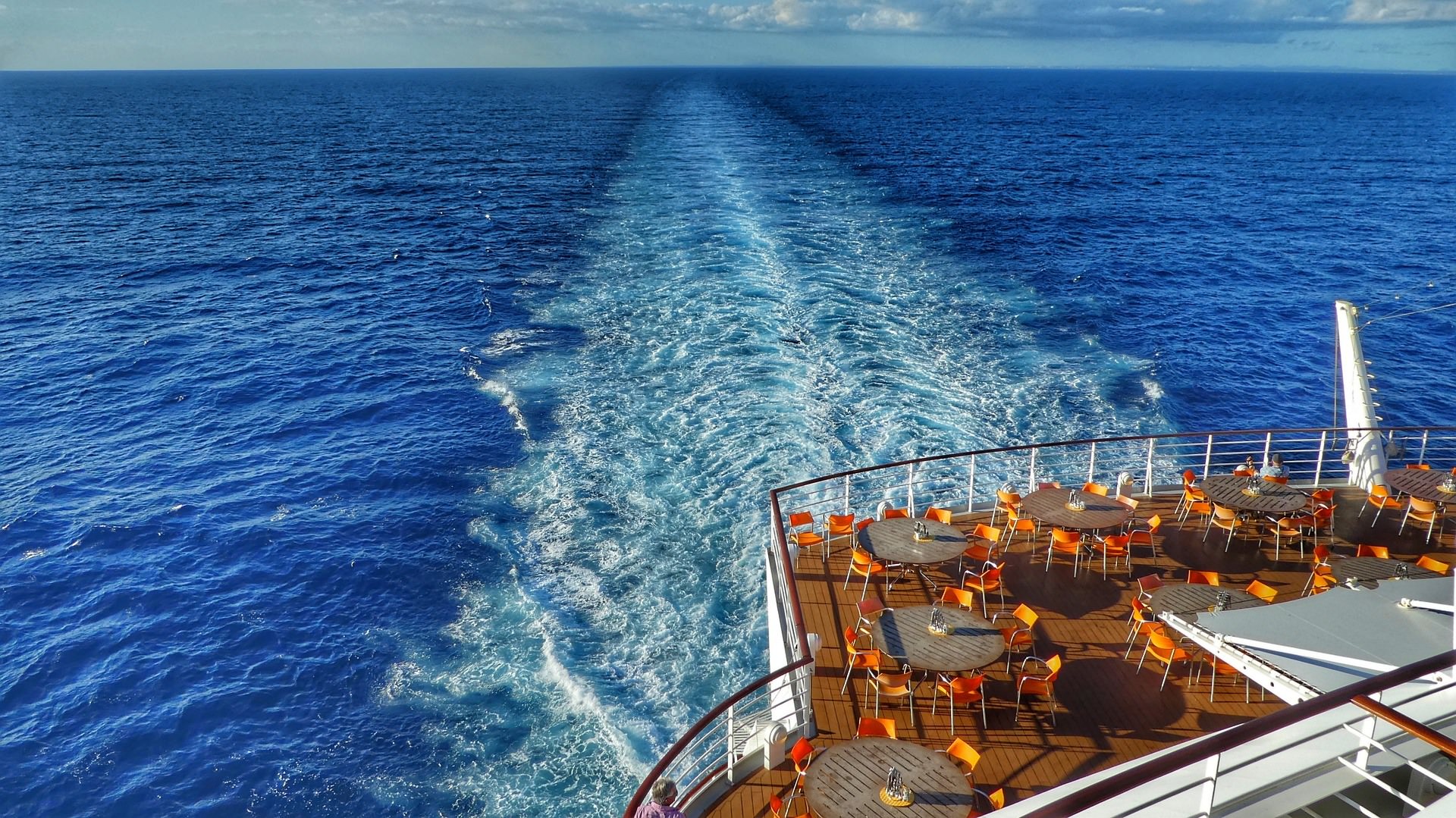
Bus
If you’re spending a fair amount of time in one place, you’ll likely be able to get around by bus. Cuba has a fairly good bus network, for example, but it gets booked out in busy periods — buy your tickets in advance.
Other countries have great bus systems for getting from town to town that are often made up of small, brightly-coloured vans. They may or may not run to a schedule — often they’ll just leave when full. Puerto Rico, Curacao and Aruba (among others) all have good local bus systems.

Train
This is definitely not a common way to get around the Caribbean! Only Cuba and St Kitts have any trains at all, and St Kitts’s is a scenic one — good as an activity but not so great for transport. When we were in Cuba in 2015 many of the trains were cancelled, so it wasn’t a good option for us, but if you’re a train lover, definitely check it out.
There’s no official website for the Cuban train network, so use The Man in Seat 61 instead.
Car and private driver/taxi
Our main form of transport in Cuba was to hire a car (yes, one of those gorgeous old classic cars) and its driver to take us from place to place. Prices had to be negotiated but were usually per car, so it’s a great option if you’re a group of three or four.
Hiring a local taxi driver is a great way to see the smaller islands of the Caribbean too — they can either take you from place to place or organise a circular tour for you.

Rental car
Similarly, you could hire a car and drive yourself. Most of the larger islands are serviced by one or more of the major car rental companies. Make sure to check local road rules and average car-hire prices before you choose this option, as both can vary wildly. If you want to take a car to another destination, read your rental agreement carefully to see if that’s allowed. You’ll probably need to look up car ferry prices as well! And, as always, check your travel insurance to make sure you’re covered, and consider excess insurance if that’s not included in your policy.
Check out our car hire podcast for more information about renting a car while travelling.

Rideshare
Our favourite way to get from our arrival airport to our accommodation is Uber (or a similar service, depending on location) — it removes the need to get local currency as soon as we land, and tends to be cheaper and safer than taxis. Uber is now running in Puerto Rico and Santo Domingo, and will likely roll out to other destinations in the near future.
Walk or cycle
There are hundreds of options for day hikes or cycles, but if you’re looking for a long-distance trek, you could consider the Waitukubuli National Trail in Dominica. At 185 km/115 miles, you’ll need at least a week to complete this! Check out Active Caribbean for more hiking ideas.
Cycling can be a good option for getting around some of the smaller islands. You may be able to hire a bike, or bring your own — helmets are recommended.
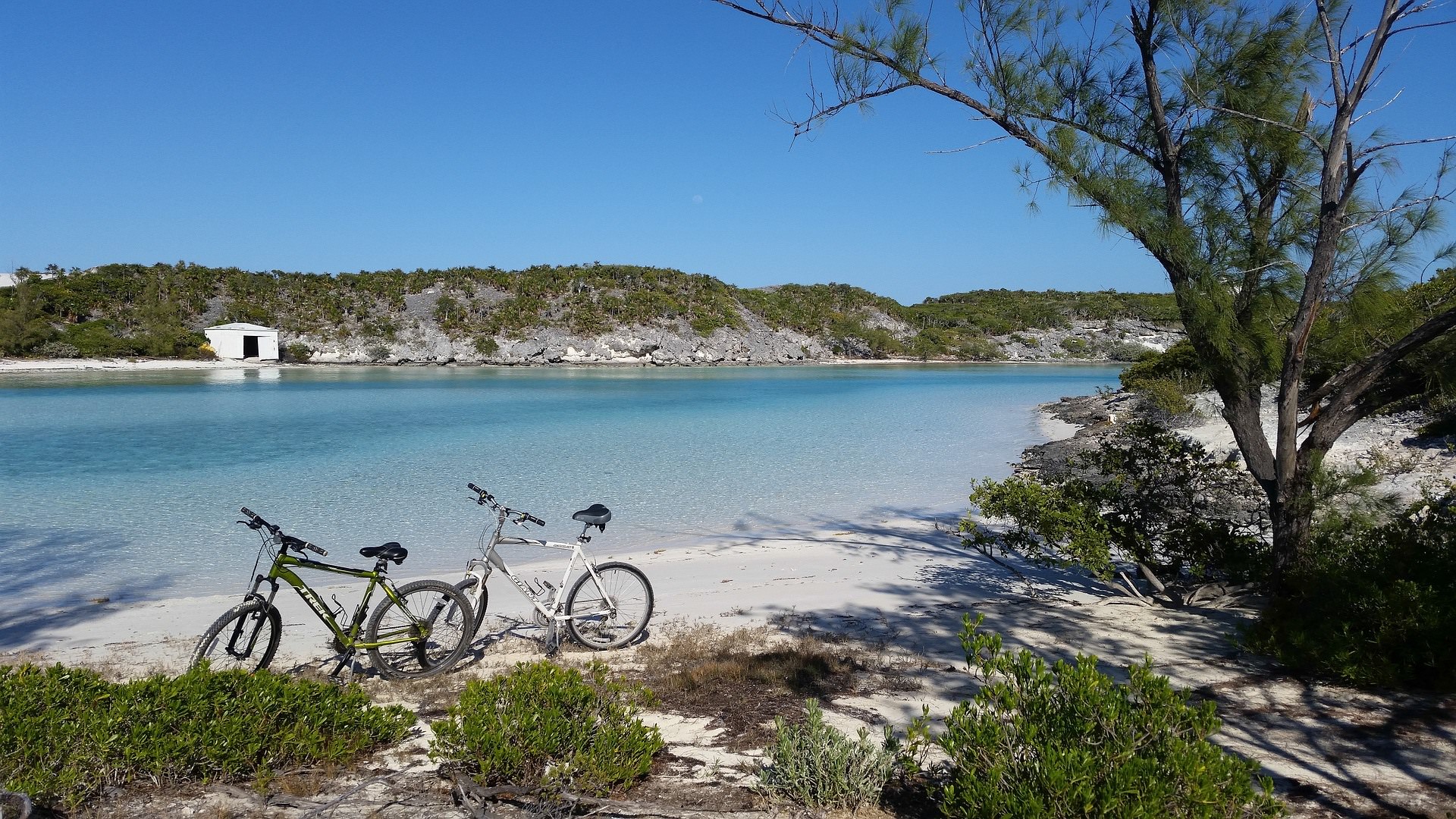
However you choose to get around the Caribbean, you’re sure to have a fantastic journey!
Have you used another form of transport in the Caribbean? Leave a comment below.


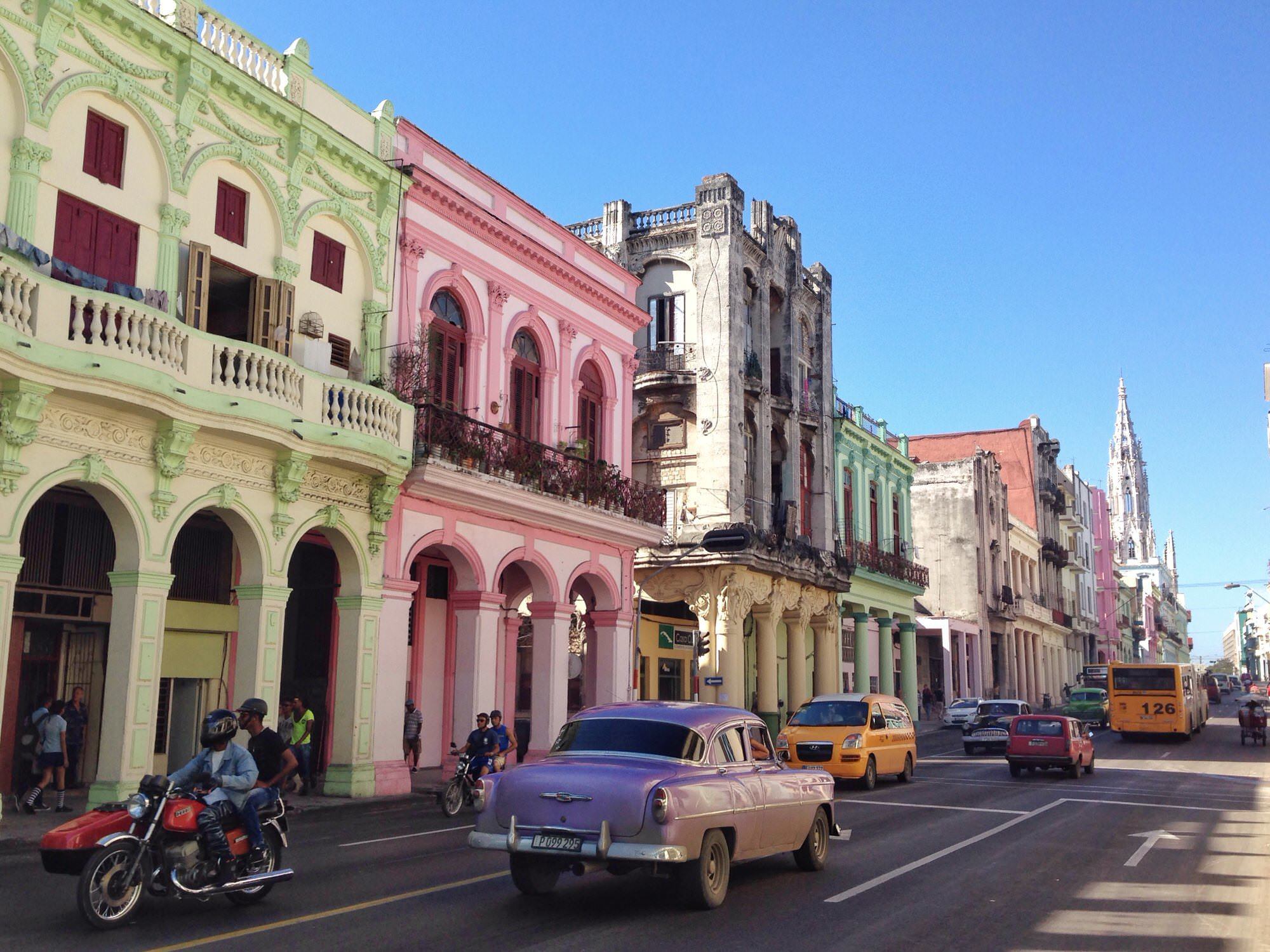

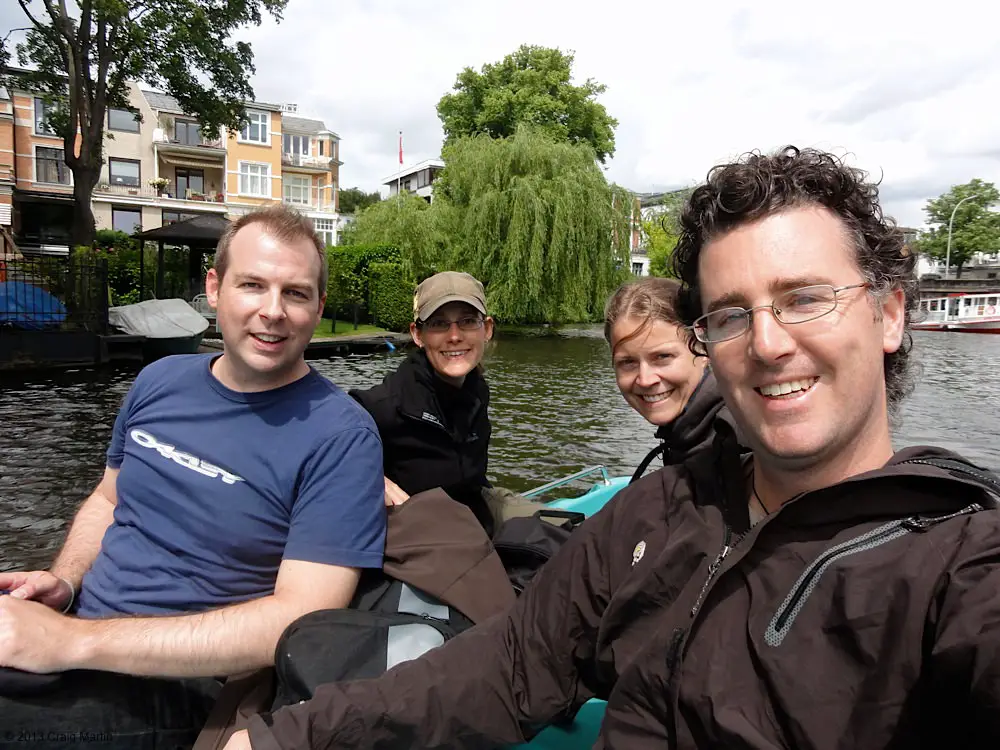


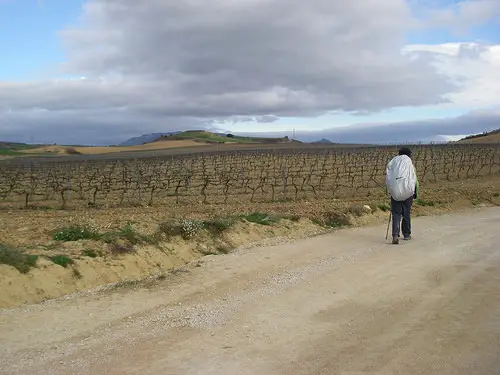

Hi Linda,
This is a really helpful post! My husband and I would love to do a big trip around the Caribbean one day, but I’ve often wondered how we would get around. We don’t drive, so renting a car is not an option. It’s good to know that there are some local buses. And I’m definitely tempted to learn how to sail and get a boat to go island hopping!
I didn’t know island hopping by plane is pricey. How early should we book in advance to get the best rates? Your photos look amazing, by the way. 🙂